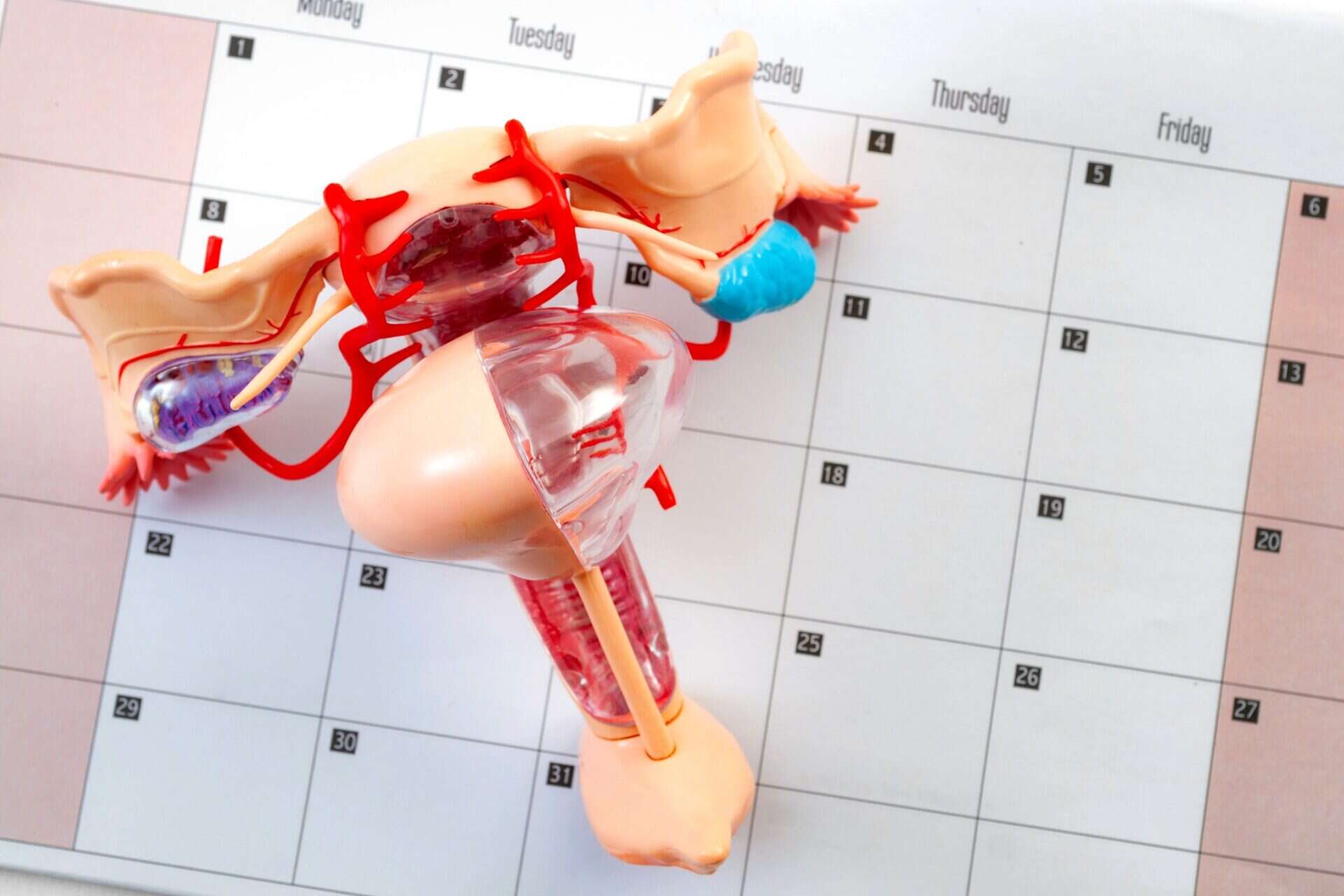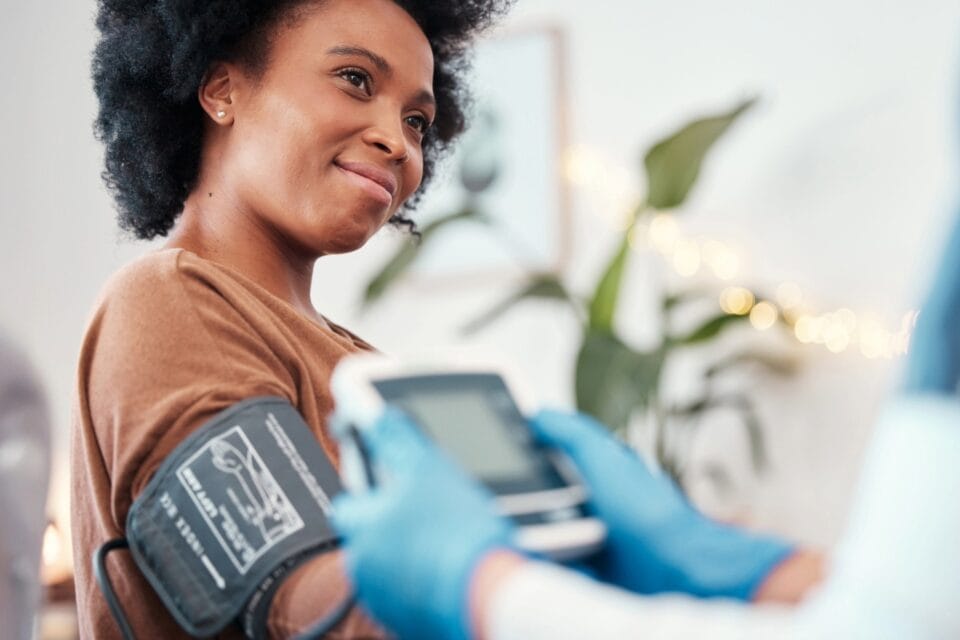The Embryo Transfer Process is a key and exciting step in the journey to parenthood, whether through IVF or surrogacy. For intended parents and surrogates alike, understanding what to expect during this stage can help ease nerves and build confidence. From preparing for the transfer day to knowing how many embryos are typically placed, having the right information ensures everyone involved feels informed and supported. This article will guide you through the details of the embryo transfer, offering insights to help you navigate this important milestone with clarity and peace of mind.
Key Takeaways
- The IVF embryo transfer process is a crucial step for couples undergoing IVF treatments.
- This procedure has led to the birth of over 12 million babies worldwide.
- Embryo transfer expectations involve a blend of hope and meticulous planning.
- Ultrasound guidance ensures precise placement of embryos in the uterus.
- Successful implantation of embryos offers an innovative pathway to parenthood for many.
What Is an Embryo Transfer?
An embryo transfer is the final step of the IVF (in vitro fertilization) process where a fertilized embryo is placed into the uterus with the hope that it will implant and grow into a healthy pregnancy.
This procedure is carefully timed and guided by ultrasound to ensure the embryo is placed precisely where it has the best chance of success. It’s a relatively quick and gentle procedure, but it carries immense emotional and biological significance — it’s where science and the dream of family come together.
Fresh vs. Frozen Embryos: What’s the Difference?
There are two types of embryo transfers:
- Fresh Transfer: The embryo is transferred just a few days after fertilization.
- Frozen Transfer: The embryo is frozen, stored, and then thawed for use at a later time.
In most surrogacy journeys, frozen embryo transfers are the standard. Intended parents often create and freeze embryos in advance, allowing for flexibility in timing and optimal conditions for the surrogate’s body.
Depending on the embryo’s development, the transfer might occur on Day 3 (cleavage stage) or Day 5 (blastocyst stage). Your fertility doctor will determine the best timing based on your unique circumstances.
Step-by-Step: The Embryo Transfer Procedure
The procedure itself is simple and often compared to a Pap smear in terms of discomfort:
- A speculum is used to gently open the vaginal walls and view the cervix.
- A thin catheter is inserted through the cervix into the uterus.
- Using ultrasound guidance, the doctor carefully places the embryo in just the right spot.
- The surrogate may rest briefly after the procedure to encourage implantation.
Most surrogates report only mild cramping or discomfort. The actual transfer takes only a few minutes, but its impact can last a lifetime.
How Many Embryos Are Transferred?
This decision is made with great care. While transferring more than one embryo might increase the chances of pregnancy, it also raises the risk of multiples, which can carry additional health concerns for both the surrogate and the babies.
In most cases today — especially with younger patients and high-quality embryos — a single embryo transfer (SET) is recommended. However, the final decision will be guided by your fertility doctor, taking into account the medical history, age, and overall goals.
Preparing for Your Embryo Transfer
There are a few things a surrogate can do to prepare her body for transfer:
- Follow your medication schedule exactly as prescribed.
- Incorporate light movement like yoga or walking to improve circulation.
- Consider stress-relieving techniques such as meditation, acupuncture, or relaxing hobbies.
- Eat a nutrient-rich diet full of fresh fruits, vegetables, and whole grains.
- Create a calming environment at home that encourages rest and relaxation.
Preparing emotionally is just as important. Surrogates often find peace in having a strong support system, open communication with the intended parents, and trust in the medical team.
What Happens After the Transfer?
After the embryo is placed, the waiting game begins. Most surrogates are advised to take it easy and avoid strenuous activity. You might feel light cramping or even spot a little — this can be completely normal and may be a sign of implantation.
You’ll wait about 10–14 days before taking a test to determine if it’s a positive pregnancy. It’s important not to test too early, as results can be misleading. During this time, lean on your support team, stay busy with gentle activities, and practice self-care.
The Emotional Side of Embryo Transfer
This stage is full of feelings — hope, anxiety, excitement, and sometimes uncertainty. That’s perfectly normal. Whether you’re an intended parent or a surrogate, giving yourself space to process these emotions is vital. Talk to your care team, join a support group, or connect with others who’ve walked this road.
At Village Surrogacy, We’re With You Every Step of the Way
Embryo transfer isn’t just a medical procedure — it’s a life-changing moment. And at Village Surrogacy, we’re here to support you through it all. From understanding how many embryos to transfer to offering emotional guidance during the two-week wait, we’re committed to making sure you feel supported, valued, and informed.
Whether you’re a surrogate ready to help create a family or an intended parent taking a leap of faith, we’re honored to be part of your journey.
Interested in learning more about becoming a surrogate or starting your family through surrogacy?
Reach out to the Village Surrogacy team today — we’re here to help you navigate every step of the way.




